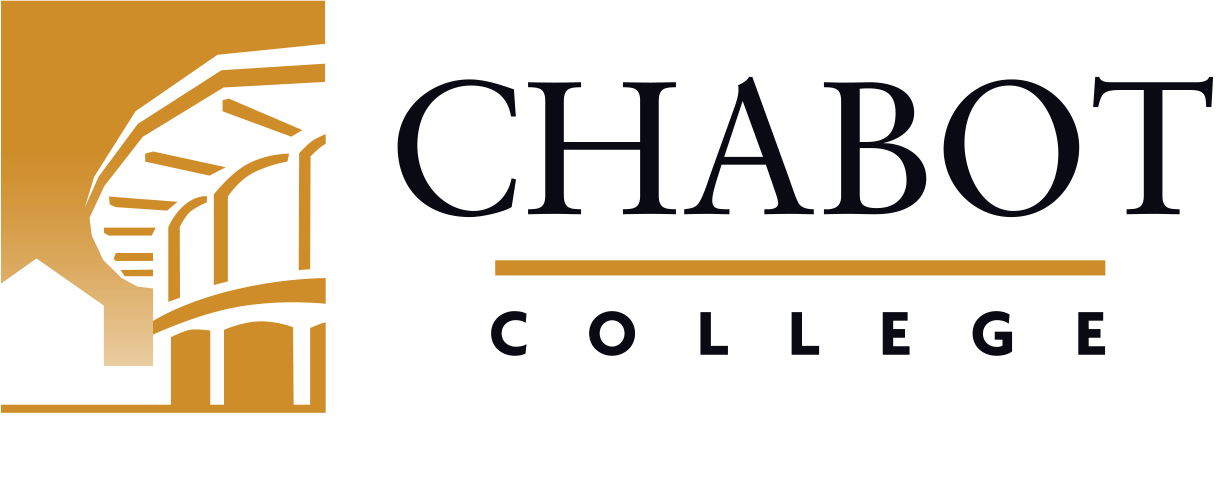
Course Outline for Art 12A
Beginning Oil Painting
Effective: Fall 2022
SLO Rev: 08/08/2021
SLO Rev: 08/08/2021
Catalog Description:
ART 12A - Beginning Oil Painting
3.00 Units
Introduction to principles, elements, and practices of oil painting. Focus on exploration of painting materials, perceptual skills and color theory, paint mixing and technique, as well as creative responses to materials and subject matter.
Strongly Recommended: ART 2A.
1002.10 - Painting and Drawing
Optional
| Type | Units | Inside of Class Hours | Outside of Class Hours | Total Student Learning Hours |
|---|---|---|---|---|
| Lecture | 2.00 | 36.00 | 72.00 | 108.00 |
| Laboratory | 1.00 | 72.00 | 0.00 | 72.00 |
| Total | 3.00 | 108.00 | 72.00 | 180.00 |
Measurable Objectives:
Upon completion of this course, the student should be able to:
- create paintings that evince a working knowledge of the physical properties of oil paint;
- organize and apply the basic formal elements and principles of design in paintings;
- apply the principles of perceptually and theoretically based color theory to painting projects;
- construct and prepare painting surfaces and supports;
- develop expressive content through manipulation of mark, color, value, and composition;
- examine and describe historical and contemporary developments, trends, materials, and approaches in painting;
- assess and critique paintings in group, individual, and written contexts using relevant critique formats, concepts and terminology;
- safely handle and use studio painting materials and equipment.
Course Content:
Course Content (Lecture):
- Prepare supports and ground for painting
- Canvas
- Paper
- Alternative supports
- Physical characteristics of oil paints and the tools and techniques used to apply them:
- tools
- mediums
- layering techniques
- Apply the principles of perceptually and theoretically based color theory to painting projects:
- Examples of value-based painting and color-based painting
- Traditional use of color harmonies
- Effects of format size and/or scale relations within a painting
- Effects of texture on color and space
- Historic and Contemporary trends in painting:
- Still life
- landscape
- figure
- non-representational
- Examine and describe historical and contemporary developments:
- painting termonology
- trends
- materials
- approaches in painting;
- Organization and application of the basic formal elements and principles of design as they relate to painting.
Course Content (Studio):
- Students will prepare supports and ground for their paintings
- Canvas
- Paper
- Alternative supports
- Students will apply physical characteristics of oil paints:
- tools
- mediums
- layering techniques
- Students will explore underpainting techniques:
- grisaille
- local color
- colored ground
- alternative grounds
- Students will use organization and application of the basic formal elements and principles of design as they relate to painting
- color harmonies
- color theory
- application
- evaluation
- proportion
- size
- scale
- Texture and its effects on:
- color
- space
- Students will explore subject matter using oil-paint:
- still life
- landscape
- figure
- non-representational
- Develop expressive content through manipulation of:
- mark
- color
- value
- composition
- Assess and critique paintings using relevant critique formats, concepts and terminology:
- group
- individual
- written contexts
- Studio, equipment, and material use and safety.
Methods of Instruction:
- Examples of student and professional work
- Lecture/Discussion
- Studio
- Demonstration/Exercise
- Distance Education
- Museum and/or gallery visit with an appropriate exhibition.
- Slides and videos
Assignments and Methods of Evaluating Student Progress:
- Paint a color still-life using a multi-layer painting technique. Student will focus on using color theory and grisaille underpainting techniques.
- Paint a self-portrait using color as expressive content. Students will research the use of portraiture in historic and contemporary paintings.
- Assigned projects, comprehension and applications of the terms and concepts of each project
- Class Work
- Development of craftsmanship
- Projects
- Critique
- Portfolios
- Quizzes
- Written assignments
Upon the completion of this course, the student should be able to:
- create paintings that evince a working knowledge of the physical properties of oil paint using tools, mediums, and layering techniques.
- assess and critique paintings using relevant critique formats, concepts and terminology.
- create paintings using the basic formal elements and principles of design as they relate to color theory and painting.
Textbooks (Typical):
- Smith, Ray (2009). The Artist's Handbook DK Publishing, Inc.
- Joshi, Gita (2020). Show Your Art: How to Build an Art Career Without a Gallery Independently Published .
- oil paints
- canvases, paper, stretcher bars, gesso and other supports
- brushes and mediums
- various applicable materials
Abbreviated Class Schedule Description:
Introduction to principles, elements, and practices of oil painting. Focus on exploration of painting materials, perceptual skills and color theory, paint mixing and technique, as well as creative responses to materials and subject matter.
Strongly Recommended: ART 2A.